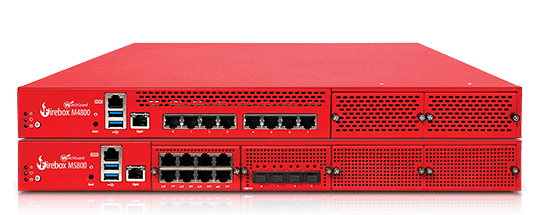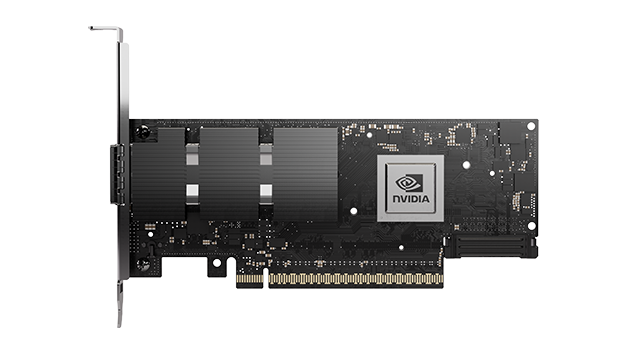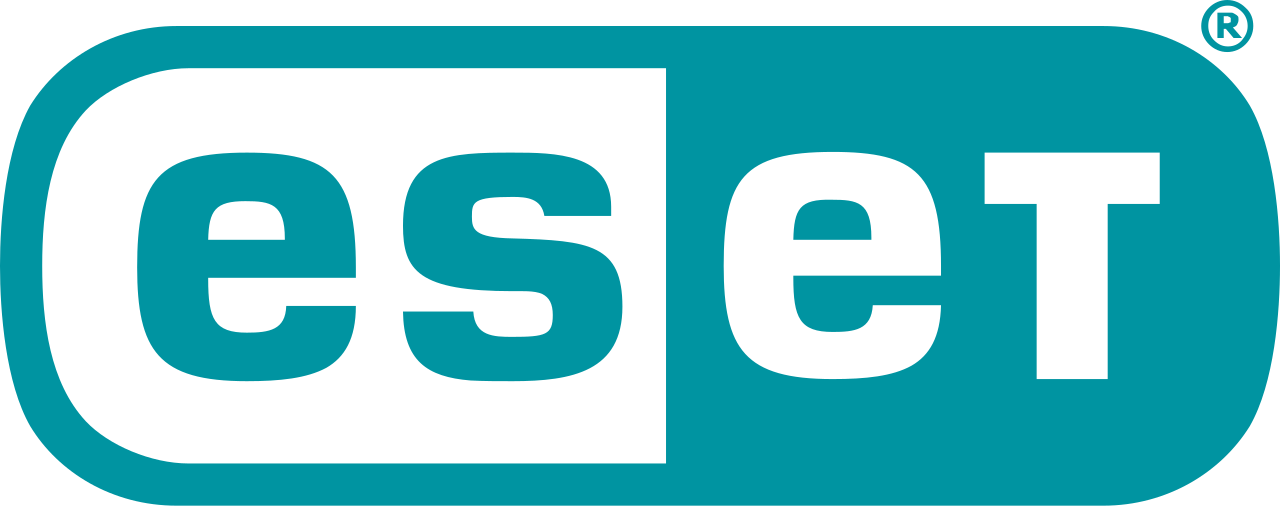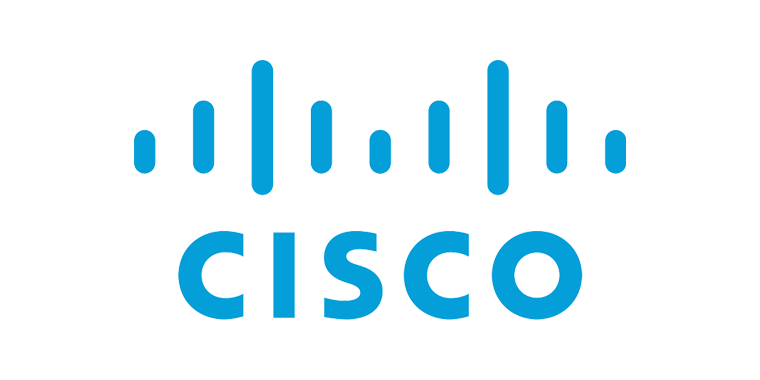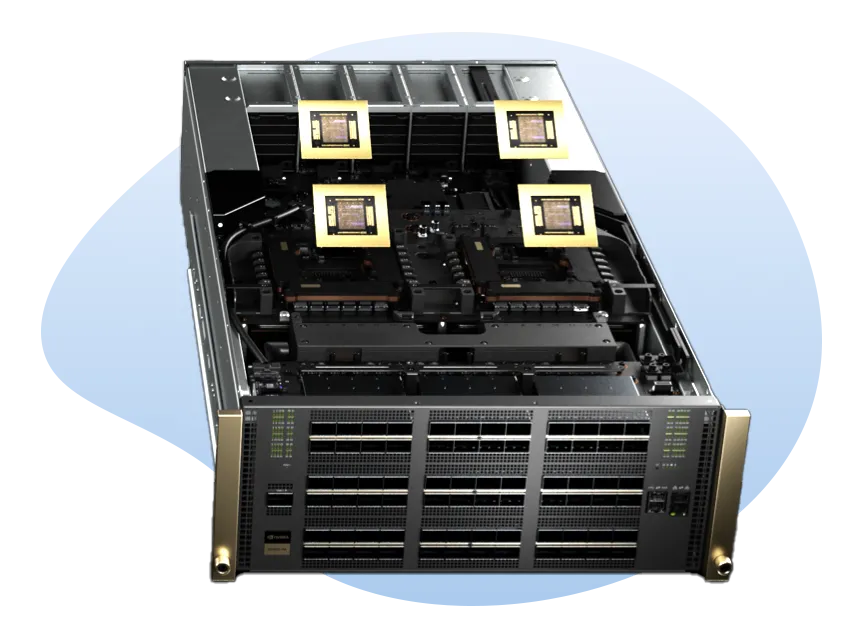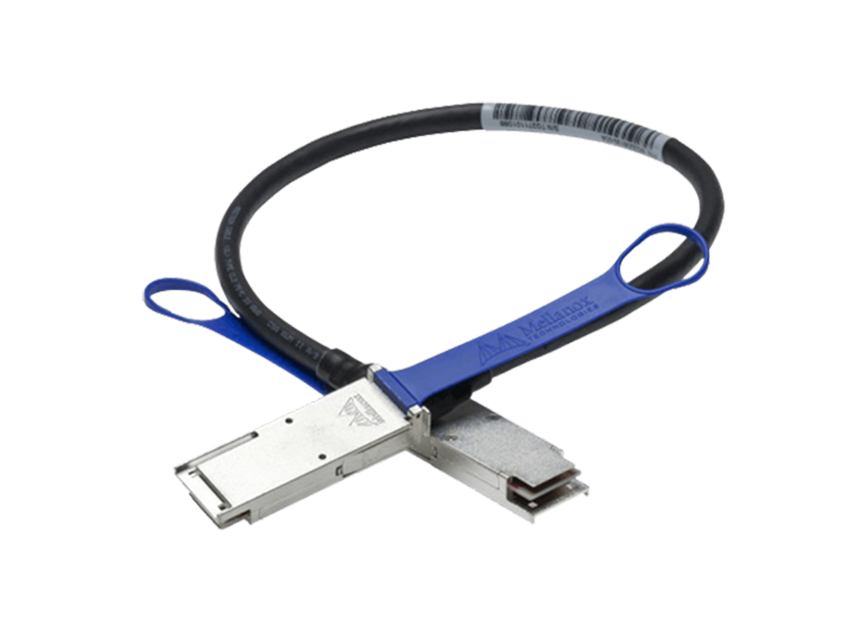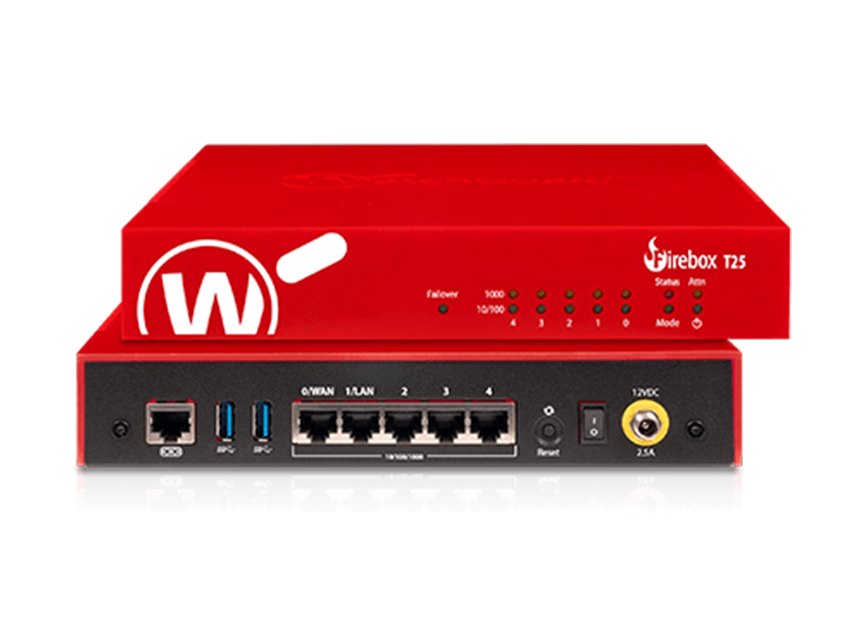Revolutionary Technology's Top Technology Stories
Illuminating the Future: Fiber Optic Installation in Industrial Applications
- Details
- Written by: Correo "Cory" Hofstad
- Parent Category: Technology Services
- Category: Fiber Optic Networks
- Hits: 560
Understanding the Necessity of Fiber Optics in Industrial Settings
Fiber optics have emerged as a cornerstone in industrial telecommunications due to their exceptional noise immunity. Industrial applications often prioritize reliability over distance and bandwidth, as environments are usually dominated by electromagnetic interference (EMI) from machinery and other equipment. The ability to transmit signals without degradation becomes critical in such settings, making fiber optics the preferred choice.
The job of properly grounding and bonding all metal components in equipment and telecommunications rooms cannot be understated. When grounded, cables significantly reduce the noise interference risk, enhancing signal transmission's integrity. This grounding process involves theoretical understanding, practical knowledge, and meticulous execution—both essential for ensuring successful fiber optic installation in challenging industrial environments.
Preparing for a Successful Fiber Optic Installation
Preparation is key when discussing fiber optic installation. Before undertaking any project, contractors and installers must conduct a thorough site survey. This involves evaluating the existing infrastructure, assessing the physical environment, and pinpointing potential sources of interference. Moreover, accurate project documentation facilitates effective installation, ensuring that technicians and engineers remain aligned with the objectives throughout the process.
The role of the contractor and installer is pivotal in the preparation phase. Contractors must coordinate various resources, including labor and materials, while focusing on compliance with industry regulations and standards, such as TIA-568. Meanwhile, installers must be well-versed in the cabling methods, safety protocols, and testing requirements. Working collaboratively in the initial stages lays the groundwork for a successful installation and future upgrades.
Navigating the Installation Process
The installation involves meticulous planning and execution, integrating strategies for optimal results. To begin with, outside plant cabling may undergo several installation methods, such as pulling in underground conduits, direct burial, or aerial suspension. Each method presents unique challenges and requires specific techniques to ensure the quality and longevity of the installation. A common practice, for instance, is using a swivel eye to keep the fiber optic cable from twisting during installation, which helps maintain the integrity of the fibers.
Additionally, observing proper cable handling techniques is crucial to avoid damaging the fibers. For example, the fiberglass rod within many fiber optic cables limits the bend radius, preventing kinking and ensuring optimal performance. During long hauls, laying the cable in a "figure 8" pattern allows for flexibility and prevents twisting, which can lead to signal loss. Furthermore, employing the guideline that the bend radius must not drop below twenty times the cable diameter under pulling tension is essential to maintaining performance and longevity.
Ensuring Quality and Safety Standards
Once the installation is complete, verifying its quality is paramount. Quality assurance encompasses several verification techniques and best practices. Testing fiber optic links through tools such as Optical Time Domain Reflectometers (OTDR) allows technicians to identify any faults or interruptions in signal pathway integrity. Adhering to the TIA-568 standards ensures that the structured cabling organization adheres to industry best practices, providing reliability and efficiency for future upgrades.
Moreover, an often-overlooked aspect of fiber optic installations is safety. Protecting installers from occupational hazards is critical. Ensuring all installers wear eye protection is the most straightforward yet essential safety measure. With the potential risks associated with fiber optic materials, such as splintering, proper safety gear will safeguard technicians against harm. Furthermore, appropriate management of the cable ties used on fiber optic cables is crucial—if they’re too tight, they can damage the cable itself, resulting in costly repairs and downtime.
Conclusion: A Bright Future for Fiber Optics
In conclusion, fiber optic installation is indispensable in industrial applications, especially when noise immunity becomes pivotal. The comprehensive planning and detailed execution of installation processes showcase the importance of collaboration between contractors and installers. Moreover, the significance of safety throughout the installation journey cannot be overlooked; proper practices ensure the installation's integrity and the personnel's well-being.
Ultimately, as the industrial sector continues to evolve, adapting the latest fiber optics technology will undoubtedly mean further advancements in communication infrastructure. Remaining aware of safety protocols, installation techniques, and the quality verification process will continue to illuminate a path toward a bright future powered by fiber optics.
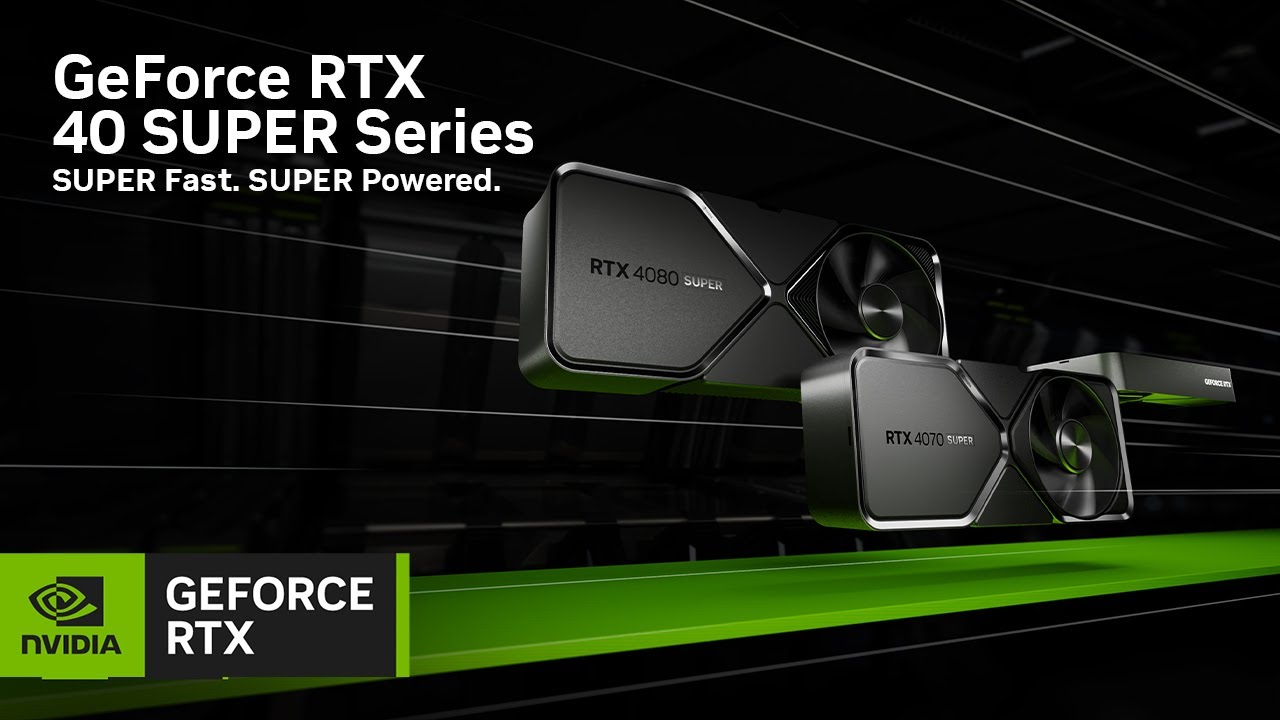
Unlocking Unmatched Performance: Seattle's Premier Source for NVIDIA RTX 40 Series Graphics Cards
- Details
- Written by: Correo "Cory" Hofstad
- Parent Category: Seattle Computers & Technology
- Category: Custom Desktop Computers
- Hits: 543
Introduction: The Dawn of a New Era in Gaming and Creative Power
In the fast-evolving technology landscape, the demand for high-performance graphics processing units (GPUs) is more significant than ever. Gamers and creators constantly seek the ultimate hardware solutions to enhance their experiences. The NVIDIA® GeForce RTX™ 40 Series GPUs are at the forefront of this revolution, bringing unprecedented speed, efficiency, and stunning visual fidelity. In this blog post, we will explore how Seattle has become a premier destination for purchasing these revolutionary graphics cards while diving into the transformative capabilities of the NVIDIA RTX 40 Series.
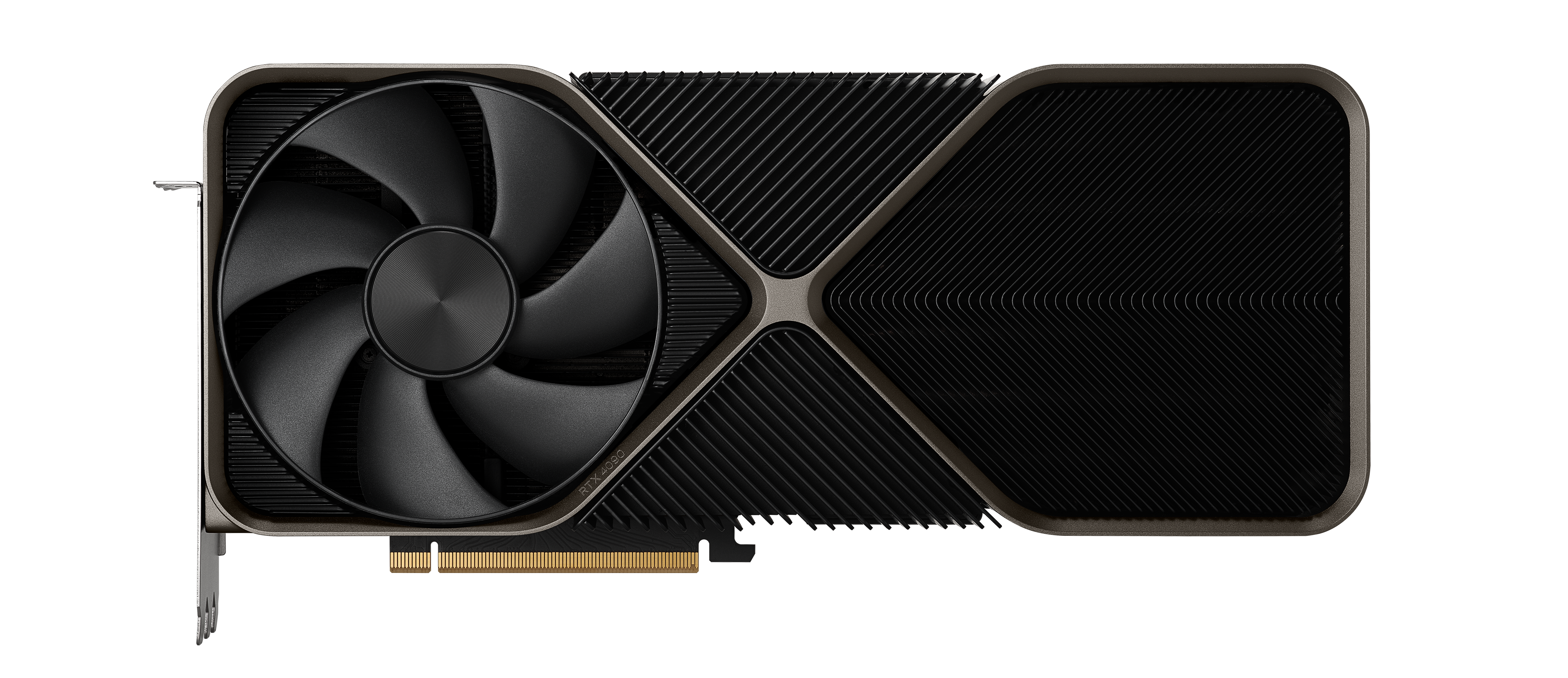
Revolutionizing Graphics: The Essence of NVIDIA's Ada Lovelace Architecture
The NVIDIA RTX 40 Series is fundamentally powered by the groundbreaking Ada Lovelace architecture, which elevates performance and efficiency to an entirely new level. This architecture is engineered to provide gamers and creators exceptional capabilities through advanced technologies like ray tracing and deep learning. For residents of Seattle, having access to these powerful GPUs means embracing a future of lifelike virtual worlds and seamless creative workflows.
The Ada Lovelace architecture is a testament to NVIDIA's commitment to innovation. The architecture doubles its predecessors' performance and power efficiency by featuring new streaming multiprocessors. This enhancement is vital for those who demand peak performance from their machines, whether immersed in competitive gaming or working on complex creative projects.
Page 12 of 35
Introduction: Addressing Mexico's Growing Energy Needs with Innovation
As Mexico's digital infrastructure expands to meet burgeoning demands, addressing the energy requirements of data centers becomes paramount. Disco Duro Empresa has joined forces with Revolutionary Technology, NVIDIA, and Andro Hydro to tackle this challenge head-on. Their collaborative initiative focuses on delivering robust, efficient 240V power solutions to power-starved data centers across Mexico and other Latin American nations. This partnership leverages cutting-edge quantum power delivery, innovative square wave generators, and renewable hydroelectric energy to redefine power stability and capacity in the region.
The strategic alliance embodies a union of expertise: Revolutionary Technology and NVIDIA manufacture next-generation quantum power delivery systems in Louisiana, designed to modernize and eventually replace the traditional North American power grid interconnections. Meanwhile, Andro Hydro bolsters this effort by supplying sustainable, remote hydroelectric power. Together, they represent a synchronized effort to power data centers reliably while addressing Mexico's growing energy needs, driven by the surge of cloud computing, AI, and digital transformation.
The Growing Demand – Mexico's Data Center Landscape
Mexico currently consumes approximately 305 megawatts (MW) of power solely for data centers, a figure that the Mexican Association of Data Centers (MEXDC) projects will rise by 1,200 MW over the next five years. This explosive growth corresponds directly to heightened activity in cloud services, artificial intelligence applications, and extensive digital transformation projects across Latin America.
Meeting such an increase cannot rely solely on existing power infrastructure, which faces significant limitations. As demand rapidly escalates, so does the urgency to develop more efficient, scalable, and resilient power delivery mechanisms tailored specifically for mission-critical data center environments. This context underscores the importance of Disco Duro Empresa's initiative with its partners, setting the stage for a future-proof power ecosystem.
Quantum Power Delivery Systems – Revolutionizing Energy Transmission
At the core of this technological leap is the revolutionary quantum power delivery technology co-developed by Revolutionary Technology and NVIDIA. Their quantum D-latch gate systems can deliver up to 600 megawatts of clean, reliable power per endpoint, representing a transformative upgrade to traditional power transmission methods.
Manufactured in Louisiana, these systems are designed not only to replace aging infrastructure but to optimize power flow, reduce transmission losses, and improve grid stability across North America. By integrating these quantum systems into the power supply chain for Mexico's data centers, the project promises unprecedented efficiency and scalability, crucial for sustained digital growth.
Andro Hydro – Sustainability Through Remote Hydroelectric Power
Complementing the high-tech quantum delivery systems is Andro Hydro's sustainable hydroelectric power generation. Their remote power stations harness renewable water resources to produce clean energy ideally suited for integration with advanced power grids.
Moreover, through the application of Dr. Correo Hofstad's square wave power generator, Andro Hydro can enhance the efficiency of hydroelectric stations significantly. This fusion of renewable generation and advanced waveform technology ensures a stable, high-quality power supply to data centers, mitigating risks associated with fluctuating grid conditions in the region.
The Square Wave Generator Advantage Explained
Dr. Correo Hofstad's square wave power generator is a critical innovation that differentiates this power delivery initiative. Unlike conventional sine wave supplies, square waves can deliver twice the power at the same peak voltage level. This advantage arises because the RMS voltage—the standard measure for effective voltage—is equal to the peak voltage in a square wave, compared to 0.707 times the peak in a sine wave.
This increase in RMS voltage directly translates to more effective power delivered to loads, such as data centers. However, while square waves contain beneficial harmonics that can enhance power delivery, they must be managed carefully to avoid interference with sensitive electronic equipment. Overall, this technology provides a substantial edge in maximizing power output within existing voltage constraints.
Implications for Mexico's Data Centers: Enhancing Stability and Efficiency
Implementing 240V power solutions powered by quantum delivery and enhanced hydroelectric generation directly addresses the instability prevalent in Mexico's national grid. Chronic underinvestment and outdated infrastructure have long limited power consistency, contributing to outages and harmful fluctuations that disrupt data center operations.
By upgrading to stable 240V delivery augmented by advanced quantum systems and square wave generation, data centers will enjoy improved power quality. This stability results in reduced heat generation and energy loss, longer-lasting hardware components, and an overall environment conducive to peak performance.
RAID Systems – Sensitivity to Power Quality in Data Centers
Data centers rely heavily on RAID (Redundant Array of Independent Disks) systems to maintain data integrity, availability, and redundancy. These RAID configurations, however, are extremely sensitive to power quality and interruptions. Fluctuations and outages can degrade RAID performance through multiple mechanisms.
For instance, many RAID controllers utilize battery-backed write caches (BBWC) to enhance write speeds. Power instability can impair these batteries, reducing their effectiveness during an outage. Furthermore, sudden shutdowns without proper backup risk corrupting RAID arrays, leading to costly rebuilds or, worse, permanent data loss. Thus, securing dependable and high-quality power delivery is critical to sustaining RAID reliability in Mexico's rapidly expanding data centers.
Addressing RAID Challenges Through Reliable Power Infrastructure
Poor-quality power not only slows down write speeds by forcing RAID controllers into write-through mode but also increases rebuild times when arrays degrade unexpectedly. Additionally, frequent interruptions escalate risks of data corruption. Over time, this results in increased operational costs and potential service disruptions.
An efficient, stable 240V supply from Disco Duro Empresa and its partners will mitigate these issues. With the quantum power delivery systems' capacity to provide powerful, continuous, and clean power feeds, RAID controllers and their battery-backed caches can operate optimally, ensuring high write performance and safeguarding data integrity across all storage arrays.
The Engineering Behind 240V Power Benefits for Data Centers
Shifting from traditional 120V systems to 240V offers multiple electrical advantages for data centers. Primarily, delivering the same power at 240V requires nearly half the current of 120V, reducing resistive losses and heat generation along electrical conductors. This reduction enhances efficiency and extends equipment lifespans.
Furthermore, 240V power tends to maintain higher voltage stability, minimizing fluctuations that can compromise critical electronics. Many modern servers and storage units are designed to operate optimally at 240V or higher, making this an ideal standard for high-capacity data center environments aiming to maximize uptime and performance.
Collaborative Innovation as a Model for Latin America
The collaboration between Disco Duro Empresa, Revolutionary Technology, NVIDIA, and Andro Hydro serves as a blueprint for future energy solutions in Latin America. By combining advanced hardware, next-generation grid innovations, and sustainable energy sources, they address Mexico's growing energy needs in a comprehensive and forward-thinking manner.
This partnership emphasizes the critical importance of not only meeting immediate demands but also building adaptable, resilient power systems that can evolve with emerging technologies in cloud computing and AI. Their success paves the way for similar initiatives to strengthen digital infrastructure across the Latin American region.
Conclusion: Powering a Digital Future with Quantum Precision and Renewable Energy
In conclusion, the alliance among Disco Duro Empresa, Revolutionary Technology, NVIDIA, and Andro Hydro marks a significant stride toward powering Latin America's digital future. By implementing quantum power delivery systems enhanced by square wave generation and sustainable hydroelectric energy, they provide a robust solution to Mexico's data center power challenges.
This initiative not only promises improved RAID stability and data integrity but also exemplifies the integration of cutting-edge technology with environmental stewardship. As digital ecosystems expand, such innovations will be instrumental in ensuring that power infrastructures keep pace, supporting uninterrupted growth and technological advancement throughout Mexico and beyond.
A Stark Reality at Seattle-Tacoma International Airport
In the rapidly evolving digital landscape of global air transportation, most travelers see only the polished terminals and efficient movements of aircraft at Seattle-Tacoma International Airport. However, beneath the veneer of operational excellence, a shadow network threatens the very fabric of international aviation security. Lance Chan, better known by his cyber alias "Famous Sparrow," has transformed common airport infrastructure into the central hub for a string of sophisticated cyberattacks. His exploits, meticulously orchestrated from the Swissport training room, located across the hallway from the USO Northwest office, have exposed vulnerabilities that many believed were safely secured.
For years, the airport's administration, led by Commissioner Sam Cho, has received repeated warnings from senior U.S. officials—most notably U.S. Air Force Commandant Correo Hofstad and U.S. Department of Transportation Executive Secretary Pete Buttigieg. Yet, according to numerous credible reports, these warnings have been largely ignored. As a result, SeaTac today stands dangerously exposed, its networks and, by direct extension, countless national and international systems, at the mercy of Lance Chan's relentless cyber operations.
Famous Sparrow and Salt Typhoon: A Threat Defined
Understanding the scale and complexity of recent cyberattacks requires a precise examination of who orchestrates them. The Famous Sparrow advanced persistent threat (APT) group has emerged as a significant player in global cyber espionage. Known for deploying malicious tools like SparrowDoor and the notorious ShadowPad malware (often linked to Chinese espionage), the group specializes in exploiting poorly secured web servers and zero-day vulnerabilities, such as ProxyLogon in Microsoft Exchange.
Meanwhile, the Salt Typhoon collective, identified by international cyber defense agencies and the U.S. Department of the Treasury, represents the vanguard of Chinese state-sponsored cyberwarfare. Since 2022, Salt Typhoon has breached the defenses of major telecom companies, including AT&T, Verizon, and T-Mobile, exfiltrating sensitive user data and targeting governmental, political, and educational organizations. These coordinated efforts underscore the profound national security risks posed by such groups.
Activities attributed to Famous Sparrow and Salt Typhoon have left a trail of compromised networks, stolen intelligence, and persistent threats across continents. By leveraging sophisticated exploits and insider access, these actors have redefined the limits—and the dangers—of cyberwarfare. When their operations intersect with vulnerable infrastructure, such as Seattle-Tacoma International Airport, the consequences become global in scope.


